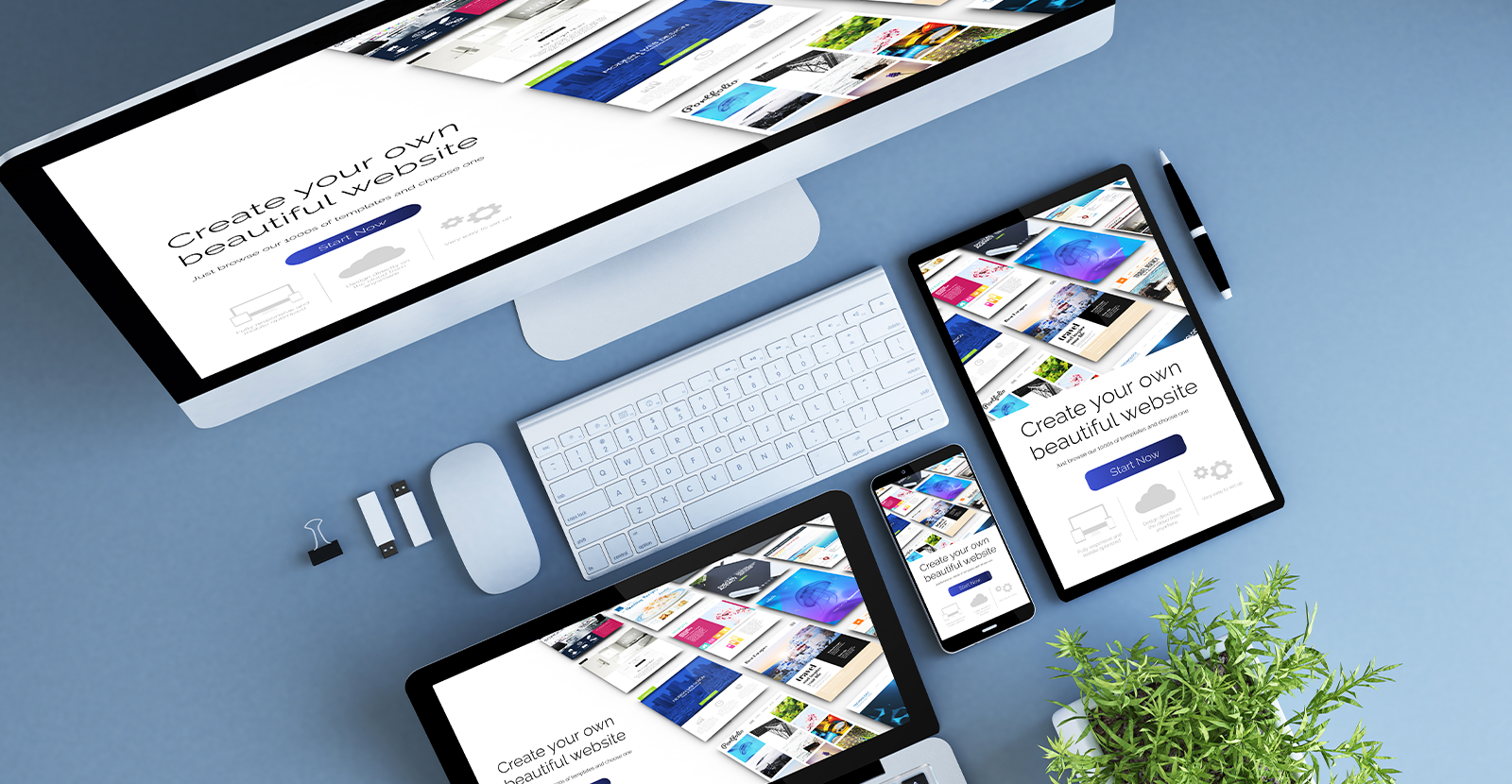 In today’s digital world, having a website is essential, whether running a business, showcasing a portfolio, or blogging your thoughts. But what if you don’t have coding skills or a design background? The good news is you don’t need them. With an easy-to-use website builder and templates, anyone can create a professional-looking website quickly and efficiently.
This blog post will explain everything you need to know about using website builders with templates, focusing on why they’re an excellent choice for beginners and small businesses. We’ll also introduce you to PropelIQ, a fantastic tool that can make the process smoother.
In today’s digital world, having a website is essential, whether running a business, showcasing a portfolio, or blogging your thoughts. But what if you don’t have coding skills or a design background? The good news is you don’t need them. With an easy-to-use website builder and templates, anyone can create a professional-looking website quickly and efficiently.
This blog post will explain everything you need to know about using website builders with templates, focusing on why they’re an excellent choice for beginners and small businesses. We’ll also introduce you to PropelIQ, a fantastic tool that can make the process smoother.
Why Choose a Website Builder with Templates?
When creating a website, the process can seem overwhelming, especially if you’re not tech-savvy. But with the right tools, it’s much simpler than you think. Here’s why website builders with templates are the perfect solution:1. No Coding Skills Required
The best part of using a website builder is that you don’t need to know how to code. These platforms offer drag-and-drop functionality, allowing you to place elements like text, images, and videos wherever you want on your page. Templates take this further by providing pre-designed layouts; you only have to customize them to fit your needs.2. Saves Time
Building a website from scratch can take weeks if not months. But with a website builder, you can have your site up and running in just a few hours. Templates speed up the process even more by giving you a starting point. Instead of designing each page from zero, you can customize a template that suits your industry or purpose.3. Cost-Effective
Hiring a web developer can be expensive. Website builders are a cost-effective alternative, especially for small businesses or personal projects. Many builders offer free plans or affordable monthly subscriptions. Plus, with a tool like PropelIQ, you get more value by accessing additional features like SEO optimization and analytics.4. Professional Designs
Templates are created by professional designers who understand what works regarding layout, color schemes, and fonts. Using a template, you can ensure your website looks polished and cohesive without needing a design degree.5. Mobile-Responsive
In today’s mobile-first world, your website must look good on all devices. Most templates are mobile-responsive, meaning they automatically adjust to fit any device’s screen size, whether a smartphone, tablet, or desktop computer.Getting Started with PropelIQ
 If you’re looking for a website builder that offers ease of use, flexibility, and beautiful templates, PropelIQ is an excellent choice. Here’s a step-by-step guide to getting started:
If you’re looking for a website builder that offers ease of use, flexibility, and beautiful templates, PropelIQ is an excellent choice. Here’s a step-by-step guide to getting started:
Step 1: Sign Up and Choose a Plan
Visit the PropelIQ website and sign up for an account. PropelIQ offers a range of plans, including a free option, so you can choose the one that fits your budget and needs. Even the free plan has features, making it a great starting point.Step 2: Select a Template
Once you’ve signed up, you can browse through various templates. These are categorized by industry, making finding one that suits your business easier. Whether you’re a photographer, a blogger, or an e-commerce store owner, there’s a template for you. Simply click on the one you like, and it will load into the editor.Step 3: Customize Your Template
Now comes the fun part—customizing your template. With PropelIQ’s drag-and-drop editor, you can add or remove elements, change colors, upload images, and modify text. You don’t need to worry about breaking anything; the interface is user-friendly and intuitive.Step 4: Add Functionality
PropelIQ offers a range of widgets and apps to add to your website, such as contact forms, social media feeds, and e-commerce features. This means you can build a fully functional website without looking elsewhere for plugins or third-party tools.Step 5: Preview and Publish
Before going live, you can preview your website to see how it will look on different devices. Once you’re happy with it, click the publish button, and your site will be live online. PropelIQ also offers SEO tools to help your website get found by search engines, giving you a head start on attracting visitors.How to Choose the Right Template
 With so many templates available, deciding which one to use can be challenging. Here are some tips to help you make the right choice:
With so many templates available, deciding which one to use can be challenging. Here are some tips to help you make the right choice:
1. Consider Your Brand
Your website should reflect your brand’s personality. Choose a template that aligns with the look and feel you want to convey. For instance, if you’re a law firm, you might want a more formal, structured template, whereas a creative agency might opt for something more colorful and dynamic.2. Think About Functionality
Consider the features you need for your website. If running an online store, ensure the template supports e-commerce functionality. If you’re a photographer, look for a template with a strong emphasis on visual elements.3. Check the Layout
The layout is crucial because it determines how visitors will navigate your site. A good layout should be clean and intuitive, making it easy for users to find what they want. Avoid templates that feel cluttered or disorganized.4. Focus on Flexibility
While templates provide a starting point, you should be able to customize them to fit your specific needs. Ensure the template you choose is flexible enough to allow you to make changes without hassle.5. Test Mobile Responsiveness
Since many users will visit your site on a mobile device, ensure the template looks good on smaller screens. PropelIQ templates are designed to be mobile-responsive, but previewing how your site will appear on different devices is always a good idea before finalizing your choice.Common Mistakes to Avoid When Using Website Templates
Using a website builder with templates is straightforward, but there are some common pitfalls you should avoid:1. Overloading with Content
Filling every available space with text, images, or videos is tempting, but this can overwhelm your visitors. Keep your content concise and focused. Use whitespace effectively to create a clean, uncluttered look.2. Ignoring SEO
Search engine optimization (SEO) is crucial for driving traffic to your site. Use PropelIQ’s built-in SEO tools to optimize your content, including adding meta tags, keywords, and alt text for images. This will help your site rank higher in search engine results.3. Neglecting Consistency
Your website should have a consistent look and feel across all pages. This means using the same fonts, colors, and styles throughout. Inconsistency can make your site look unprofessional and confuse visitors.4. Not Testing Before Launch
Always preview your site on different devices and browsers before publishing. This will help you catch any layout, responsiveness, or functionality issues that could affect the user experience.5. Forgetting to Update
Once your site is live, your work isn’t over. Regularly update your content to keep it fresh and relevant. This includes adding new blog posts, updating product listings, or refreshing images. A static website can quickly become outdated and lose its appeal.PropelIQ: More Than Just a Website Builder
 PropelIQ isn’t just a tool for building websites; it’s a platform designed to help you grow your online presence. Here’s what sets it apart:
PropelIQ isn’t just a tool for building websites; it’s a platform designed to help you grow your online presence. Here’s what sets it apart: